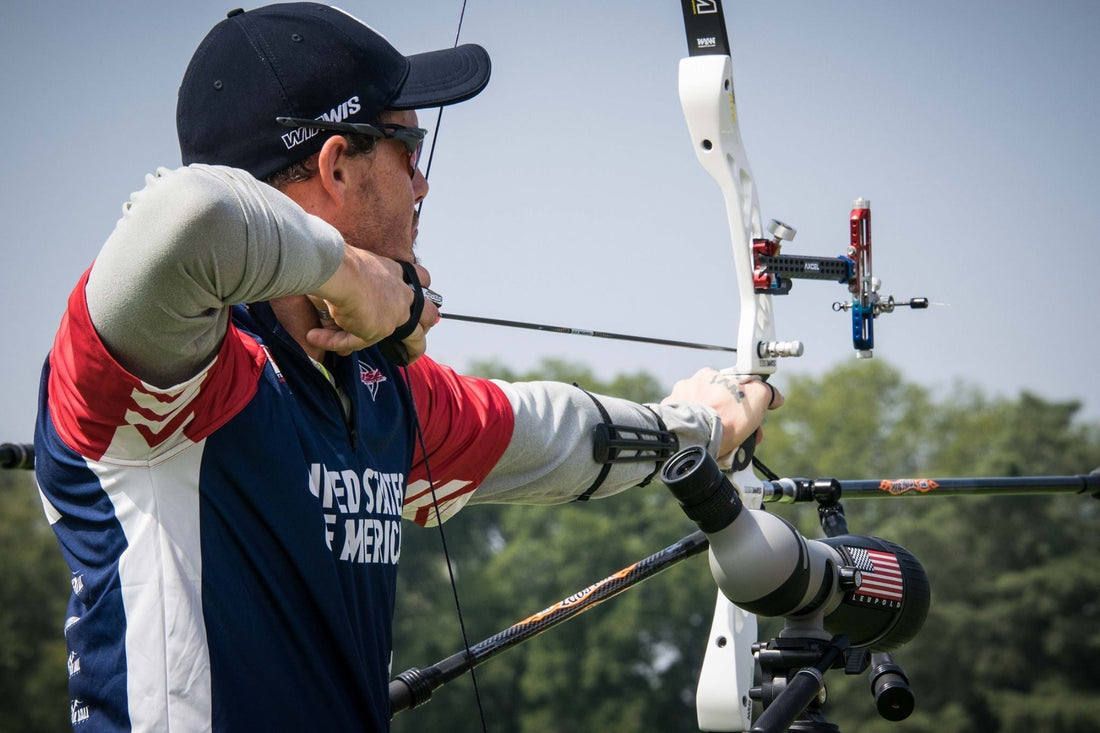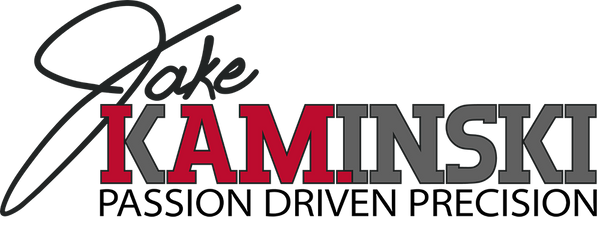
Mastering the Most Overlooked Move in Archery: The Bow Lift
Compartir
In archery, there are plenty of movements that are easy to correct—anchor, stance, follow-through. But there’s one motion that many archers struggle to perfect, and yet it plays a critical role in consistency, efficiency, and injury prevention:
Lifting the bow from set to setup.
This one transition, from resting position to the moment just before full draw, is deceptively complex. It involves precise timing, shoulder alignment, posture control, and tension management. When done right, it can make your shot cycle smoother and your groups tighter. When done wrong, it can lead to overuse injuries and inconsistent shooting.
Let’s break down the fundamentals.
Why Is the Bow Lift So Difficult?
Unlike other changes in your form, lifting the bow isn’t just a visual or positional shift. It requires:
-
Controlled weight transfer
-
Proper joint alignment under load
-
Subtle torso rotation
-
Neutral head position
-
Consistent tension across the shoulders and draw side
If you're trying to adjust this using a full-weight bow, the movement can feel awkward or even painful. A better way to learn it? Use a light training bow or stretch band to develop proper mechanics without the risk of strain.
Key Principles for Lifting the Bow
Here are the fundamentals every archer should follow, regardless of style:
-
Acquire the target before you move.
Don’t lift the bow and then look at the target. Start by visually locking in. Archery is a visually dominant sport—use that to your advantage. -
Keep the body upright and relaxed.
Your head should be neutral. Don’t tilt or rotate as you lift. -
Shift your weight slightly forward.
Let your front foot bear more of the load. You’re lifting a mass out in front of your center line—this is a natural adjustment. -
Let the draw side follow.
The lifting happens from the bow side. Your draw hand and elbow should follow naturally, not engage independently. -
Maintain a straight line of tension.
From your bow grip through your string fingers and all the way to the elbow—there should be one continuous line of tension, not a crooked bend at the elbow or wrist.
Common Mistakes to Avoid
-
Following brace height.
Many archers lift the bow as if it’s staying at brace height, which causes the draw-side elbow to drift outside the arrow line—creating inefficiency and excess strain. -
Over-elevating the shoulder.
Raising the humerus (upper arm) above parallel to the ground closes off space in the shoulder joint, increasing the risk of impingement. -
Lifting with both arms.
The draw arm shouldn’t lift. Let the bow side lead. The string side is there to maintain hook and follow under tension. -
Breaking head position.
Lifting the bow shouldn’t change your head position. Set your gaze and posture before you begin—and keep it consistent through the lift.
Injury Prevention Tips
-
Keep your humerus parallel to the ground or slightly below.
-
Avoid acute angles between your draw elbow and shoulder line.
-
Don’t overload your system—start with a band or low-poundage bow to practice this motion until it becomes intuitive.
-
Breathe and relax your shoulders before starting the motion. Elevated tension leads to poor habits and long-term problems.
A Few Training Tools That Can Help
-
Stretch Bands – ideal for slow, controlled reps and proprioception.
-
Light Draw Weight Limbs or Bows – perfect for safely ingraining movement patterns.
-
Mirrors or video feedback – use these to check for shoulder elevation, head position, or weight shift during practice.
Why It Matters
Perfecting the lift doesn’t just improve comfort or technique—it improves consistency. It helps set you up in the right line of tension from the start, allowing the rest of your shot cycle to flow naturally. This is especially important for high-volume shooters, archers coming back from injury, or anyone looking to get a little more efficient.
Whether you shoot Olympic recurve, barebow, or trad, getting the lift right gives you a better shot at every other piece of your form falling into place.
If you're looking for more resources on efficient form and injury prevention, check out Training for Archery or Total Archery.
Both are packed with proven techniques that Jake uses with students around the world.

